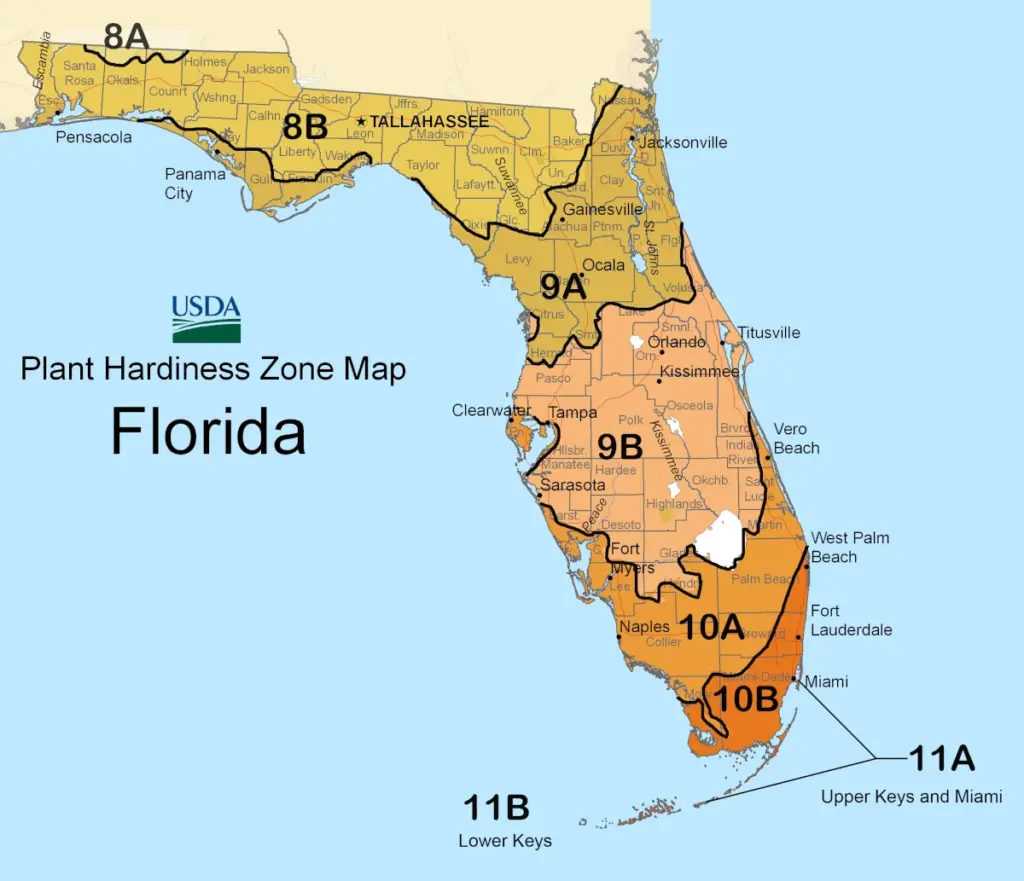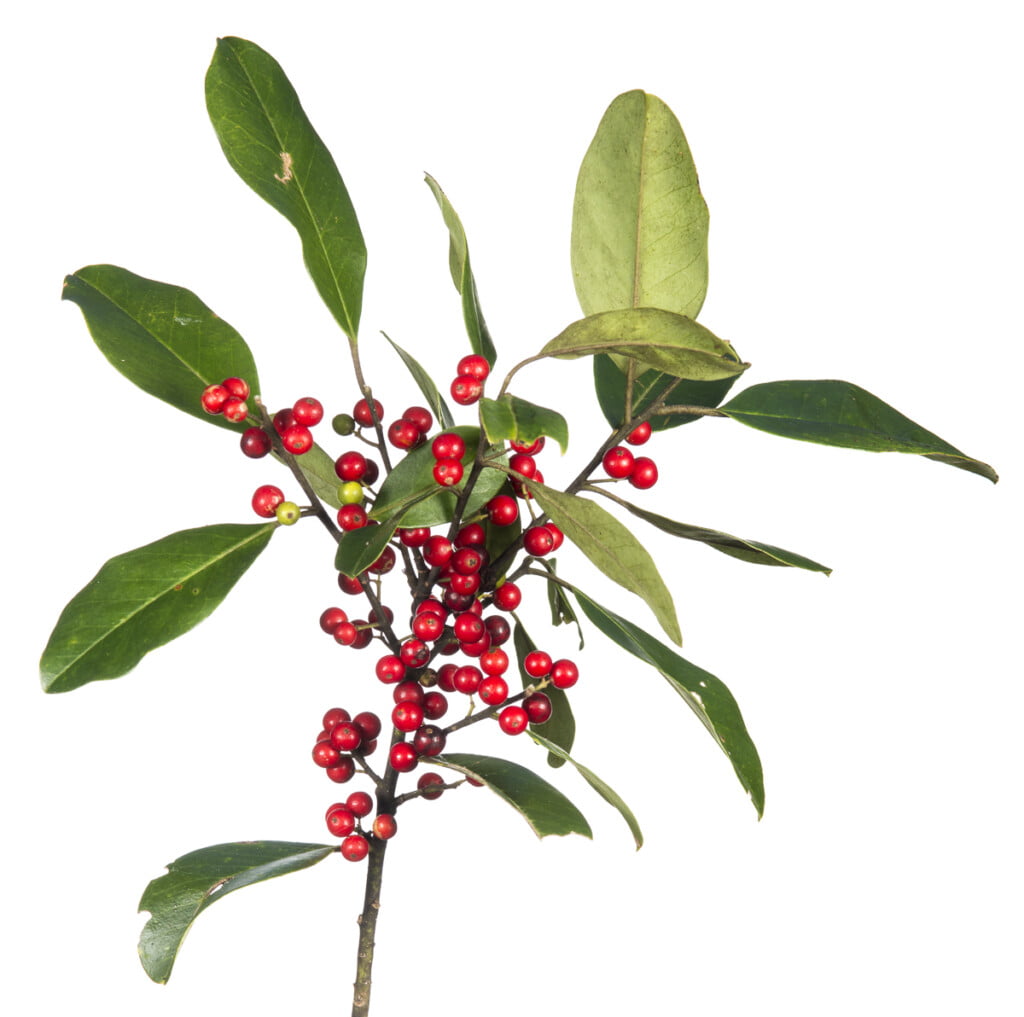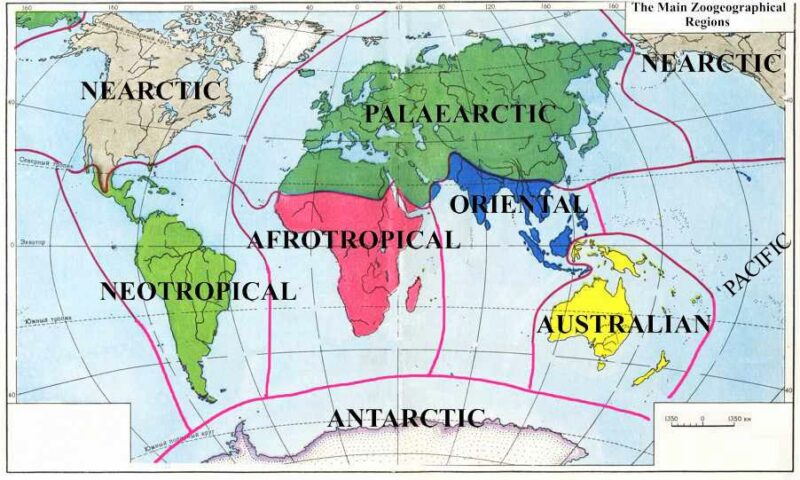The “Neotropical Realm” encompasses a variety of ecosystems and spans across much of South and Central America, as well as parts of the Caribbean and southern North America, including parts of Florida. In terms of USDA Hardiness Zones, Florida includes three zones that fall within the Neotropical Realm. These zones generally indicate the region’s suitability for supporting tropical and subtropical plant species. In Florida, the relevant USDA Hardiness Zones within the Neotropical Realm include:
- Zone 10a: This zone includes areas with average minimum temperatures ranging from 30 to 35 degrees Fahrenheit (-1 to 1.7 degrees Celsius). It covers southern coastal areas of Florida, such as parts of Miami and the Florida Keys.
- Zone 10b: This zone includes areas with average minimum temperatures ranging from 35 to 40 degrees Fahrenheit (1.7 to 4.4 degrees Celsius). It is found in the southernmost parts of Florida, including more of the Florida Keys and parts of the southern mainland.
- Zone 11a: This zone includes areas with average minimum temperatures ranging from 40 to 45 degrees Fahrenheit (4.4 to 7.2 degrees Celsius). It encompasses the warmest regions of Florida, such as Key West and the Lower Florida Keys.

These zones are characterized by their ability to support a wide range of tropical and subtropical Milkweed plants, aligning with the Neotropical Realm’s biodiversity and climatic conditions.

20 Florida-Native Dahoon Holly Seeds Ilex Cassine – US Southeast
Dahoon Holly, known scientifically as Ilex Cassine, is an evergreen shrub to small tree that plays a crucial role in local ecosystems, providing butterfly shelter and sustenance to a variety of wildlife.
For wetland areas of the U.S. Southeast. USDA Zones 7-11. 20 seeds. Source: Polk County, Florida.
